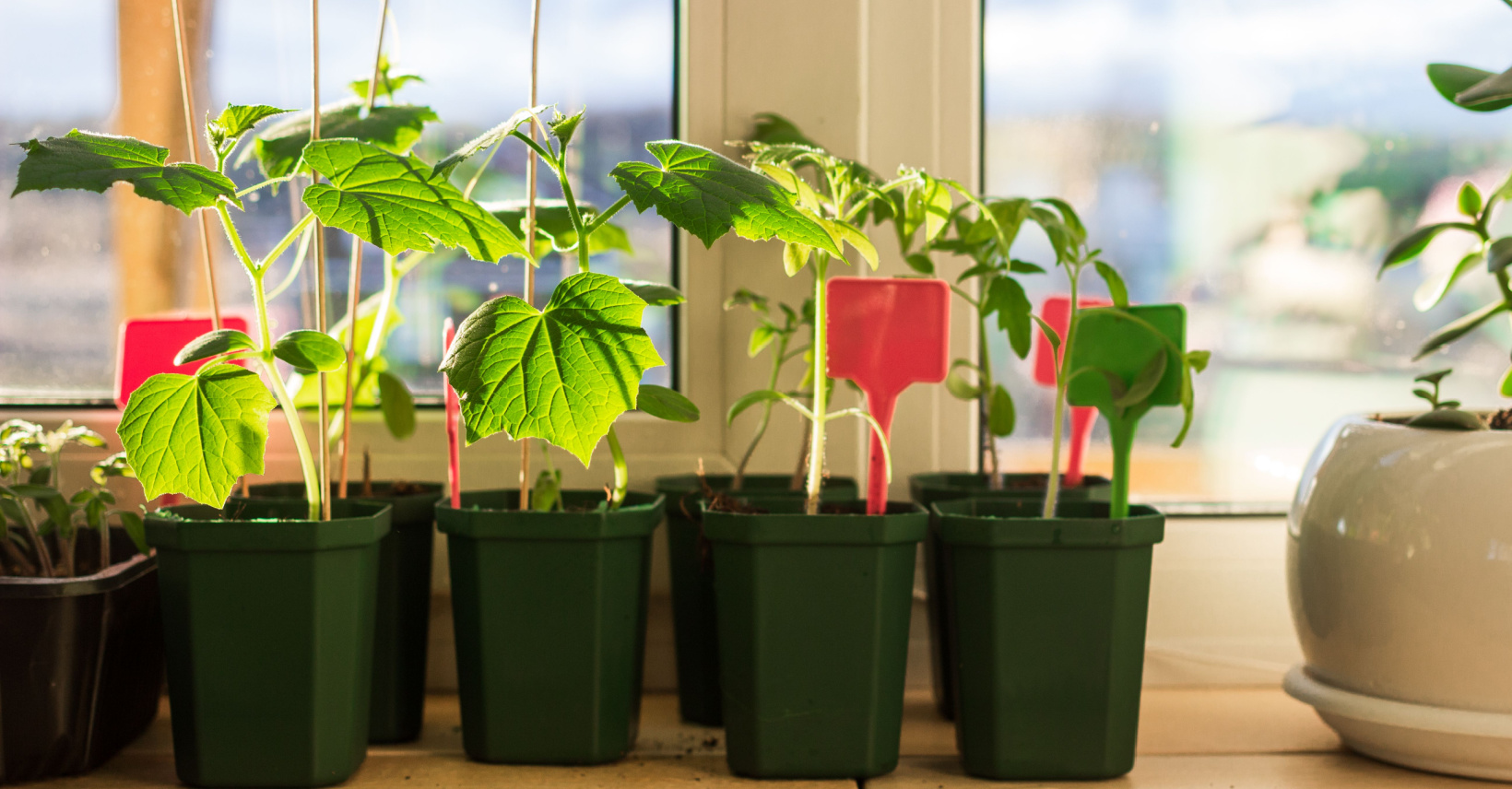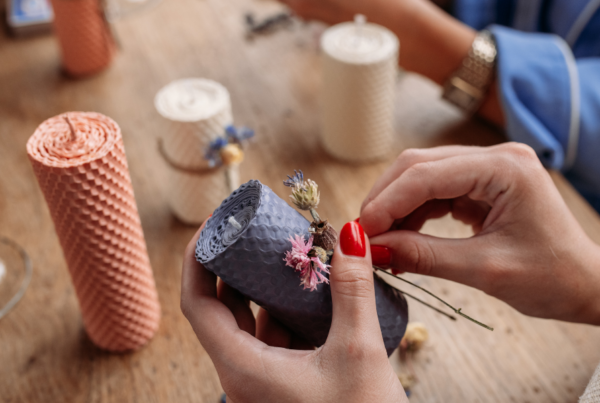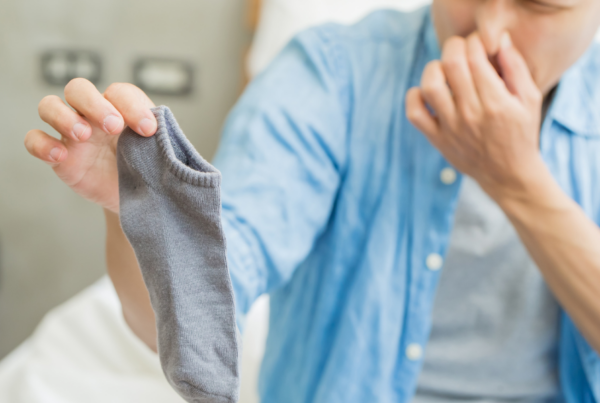Harvesting our own food is great for many reasons. A big one is eating organically. Sure, the grocery star may have an “organic” section, but that label often means nothing but higher prices. You have complete control over soil, chemicals, and care when you grow your own fruits and vegetables. This means the food you grow is usually more healthy, and it also means it is truly organic. Another benefit to growing your own food is the money you will save. Inflation isn’t ending anytime soon, so maybe it’s time to become more self-sufficient.
Not everyone lives in a house with a big backyard, and many people have no yard at all. Data from nmhc.org shows that almost 16% of Americans live in apartments. That doesn’t include condos, townhomes, and houses in the city. However, just because you don’t have available garden space doesn’t mean you can’t grow food. Let’s look at the basics of growing your own food and check out some foods you can grow in an apartment or house without a yard. You might also be interested in checking out our article on Cheap Gardening Ideas When You’re Trying to Budget.
What Kind of Planter Should I Use?
The size of your planter depends on what you are growing. Tomatoes, for example, need five-gallon buckets or pots, while herbs do fine in smaller planters. The size of the fruit or vegetable is a good determinant of what size planter you will need. Always make sure to put holes in the bottom of your planter if they aren’t already there. This allows for excess water drainage so that your plants don’t drown. Simply place a plate or tray under the bucket to collect extra water and save your carpet or table.
What Kind of Soil Should I Use?
Perlite and vermiculite are essential nutrients for indoor plant growth. They provide critical aeration to the roots. Choose an indoor potting soil that includes these and other nutrients, such as calcium. If you live in a fertile region, you can mix potting soil with dirt from the outside. There are also dozens of natural additives and fertilizers you can buy. Make sure to research what type of soil and nutrients your specific plant needs.
Where Should I Place My Plants?
You will want to place your plants near a window for sunlight. How much direct sun they need depends on the plant. All plants require light, although the amount varies greatly. While some need plenty of light, others can die from too much of it. Generally, most edible plants want moderate sunlight, but always be sure to check the specifics of what you are growing. Placing your plants near an east-facing window is a great way to ensure they get a good amount of light but not too much.
Tip – air movement is critical for both flooding the plant with carbon dioxide and pollinating any blooms. Make sure you have a ceiling or floor fan on at all times for your plants. Keeping a window open can also help air circulation.
Here are five easy-to-grow edible plants that don’t have to be in the ground or outdoors at all.
Tomatoes
Tomatoes are a staple ingredient in many recipes. From Italian to Mexican to French cuisine, there aren’t many dishes that don’t ask for them. Growing your own tomatoes in your apartment can be very rewarding. No more store-bought tomatoes low in flavor and nutrients. Instead, you can make cheap and healthy food with your very own flavorful tomatoes.
Tomatoes are also excellent for your health. They contain essential vitamins A, K, and C and the antioxidant lycopene. They are also a great source of folate, fiber, and potassium. Sun-drying your tomatoes makes them very high in magnesium too.
- Planter: five gallon
- Sunlight: six to eight hours per day
- Time to harvest: 50 to 90 days
Tip: Tomatoes grow on vines. This means they can spread out quite a bit and be hard to tame. Install a small tomato cage or trellis to keep them contained in one area.
Salad Greens
From lettuce to kale to spinach, salad greens (also known as leafy greens) are an excellent food to grow in your apartment. And they keep on giving. By only removing the outer leaves, you allow the plant’s heart to continue developing. This means you can have organic salad greens year-round.
Salad greens are a great source of nutrition. They are high in vitamins, including A, C, and K, and many are high in iron. Some are even high in calcium. Leafy greens are a serious source of fiber too.
- Planter: three-inch deep planter box
- Sunlight: six to seven hours per day
- Time to harvest: 30 to 70 days
Tip: Allow the plants to develop at least 4 to 6 inches before harvesting.
Mushrooms
Though technically not a plant, mushrooms are very easy to cultivate indoors and will grow happily next to your other plants. They grow swiftly and require little effort.
Mushrooms are an incredible food source. They are fat-free, low in sodium and calories, and cholesterol-free. They’re also high in fiber, minerals, and vitamins. Of course, the nutritional advantages of mushrooms can vary based on the variety. But as a general rule, they are high in antioxidants, beta-glucan, b vitamins, and potassium. So you could say that mushrooms are a superfood.
- Planter: Mushrooms can be grown inside by collecting spores and storing them in a cold, dark spot. The spores must be grown in a straw, dung, or sawdust substrate, depending on the type of mushroom. The easiest way to grow them on your own is with a cultivation kit. You can find these for a myriad of mushroom varieties online.
- Sunlight: four to six hours per day
- Time to harvest: 14 to 21 days
Tip: For the best continued quality, harvest your mushrooms daily.
Lemons
Lemon trees are very adaptable trees for growing inside. They yield a large number of fruits, and their upkeep is easy for novices and beginners. They are also a great decoration for any room in the house.
Lemons provide flavor to many dishes while also providing vitamin C. One lemon has more than 30 milligrams of vitamin C. These fruits are also excellent antioxidants.
- Planter: 15 gallon
- Sunlight: eight to twelve hours per day
- Time to harvest: for indoor lemon trees, it is best to buy young or mature plants as they need two to three years before they can be harvested.
Tip: Lemon trees thrive in peat moss mix because it is somewhat acidic and well-draining. Purchase this or another acidic, well-draining soil mix.
Herbs
Growing your own herbs is a great way to make your own food seasoning. Dry them out after harvest, grind them up, and you have some robust organic flavors. Parsley, sage, thyme, oregano, and rosemary are some of the best and easiest herbs to cultivate inside.
Herbs do a lot more than add fragrance and flavor to your dishes, though. They are a nutritional powerhouse. Polyphenols (the molecules that give herbs their distinct tastes) have antioxidant, anti-inflammatory, and anti-cancer properties. Plus, they have many other health benefits.
- Planter: small to medium
- Sunlight: six to eight hours per day
- Time to harvest: 30 to 60 days
Tip: Create a herb garden on your windowsill. It’s an excellent way to provide your plants with the necessary natural sunshine they need to thrive.
These statements have not been evaluated by the Food and Drug Administration. These compounds are not intended to diagnose, treat, cure, or prevent any disease.











